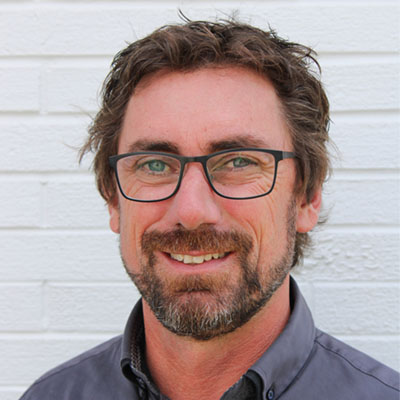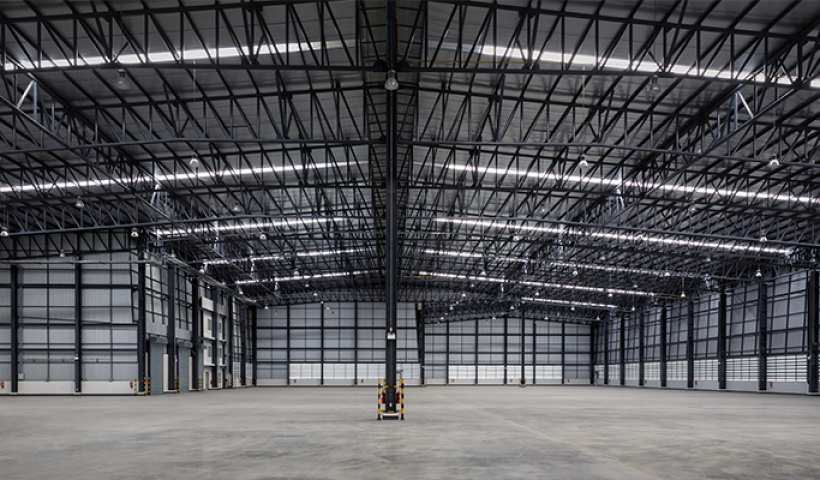
In some cases, the premature degradation took place prior to the end of their warranty periods. Degradation was found in unlined buildings such as sheds, canopies, lean-tos and soffits, often where popular dark-coloured claddings have been used.
From October 2024, Kingspan Thermakraft advised the market that applications such as canopies, lean-tos and soffits and open-bay sheds are not warranted for an underlay. This followed guidance from the NZ Metal Roof and Wall Cladding Code of Practice, Section 10.11.2, that states that, "Underlays are not required in unlined structures…".
Identifying the cause of degradation
In collaboration with key industry partners, Kingspan Thermakraft initiated a comprehensive investigation into the underlying causes of the degradation. The investigation involved both internal and independent testing through their in-house laboratory team in Auckland and BRANZ, examining their own products as well as underlays from other suppliers.
Initial observations suggested that heat and light exposure were contributing to degradation. Failures typically presented as underlays becoming brittle, flaky, or fragile — symptoms consistent with plastic degradation, rather than chemical damage.
What the testing revealed
To validate these observations, Kingspan Thermakraft undertook thermal ageing tests that simulate long-term performance:
BRANZ simulated 15 years of in-service life (104 days of heat ageing) across a variety of products available in the New Zealand market including Kingspan Thermakraft's Covertek 215, 403, and 405. It was noted that heat under darker colour roofs can be as high as 90°C. The results showed only minor decreases in mechanical strength. Importantly, they remained waterproof and vapour permeable within acceptable limits.
Kingspan Thermakraft’s in-house laboratory team extended their testing to 210 days, representing 15 - 20 years of ageing. Results mirrored BRANZ findings across a range of supplier products.
However, these tests did not replicate the degradation observed on sites, prompting further investigation into the role of UV exposure.
The role of UV: Direct and reflected
Research shows that UV light degrades plastic over time. In industrial or farm buildings — especially those with open roller doors, translucent roofing, or concrete floors that reflect UV — the risk is amplified.
Underlay suppliers in New Zealand must provide datasheets that state the maximum UV exposure time for their roofing and wall underlays prior to cladding being installed. However, it has become clear that in certain applications, underlays are being exposed to direct and indirect UV for extended periods in unlined buildings.
This prolonged exposure results in a significant drop in mechanical strength, contributing to early degradation.
Conclusion
BRANZ and Kingspan Thermakraft’s testing showed that thermal oxidation (heat stress) can affect the mechanical strength of an underlay, however long term exposure to direct and indirect UV causes significant damage to synthetic absorbent underlays.
Updated product recommendations
From July 1st, 2025, the scope of use for Kingspan Thermakraft synthetic absorbent underlays is limited to use in lined buildings.
Kingspan Thermakraft's updated recommendations are as follows:
- Sheds, stand-alone garages: Use a reinforced aluminium foil, such as Kingspan Thermakraft's Thermabar 344.
- Industrial warehouses: Use a synthetic foil (Thermabar 397), a reinforced aluminium foil (Thermabar 344) or an Insulated foil (AIR CELL Insuliner)
- Lined buildings: Choose from Kingspan Thermakraft's wide range of Covertek synthetic absorbent underlays
If you have any questions, email Kingspan Thermakraft's Technical Team: [email protected]






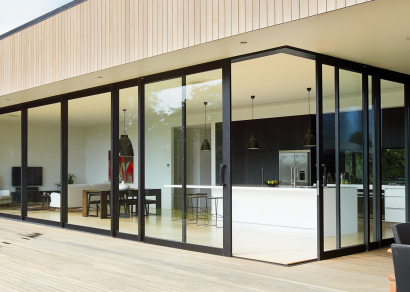
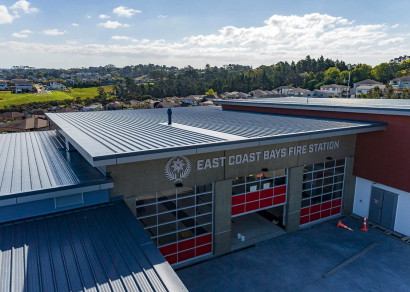
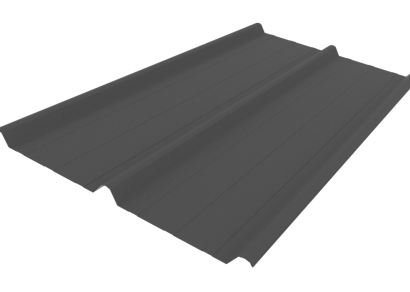
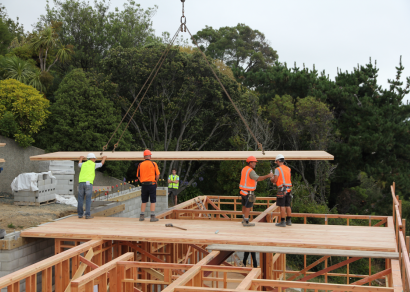
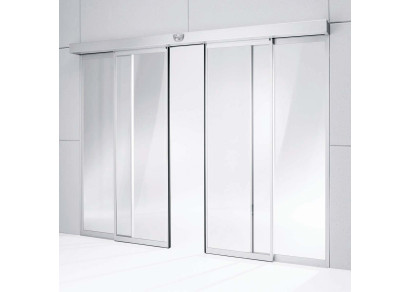
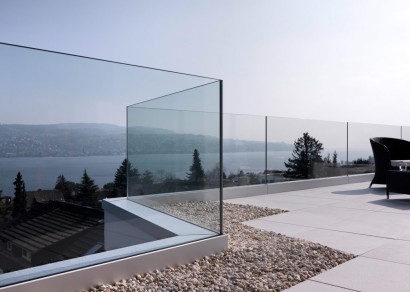

 Case Studies
Case Studies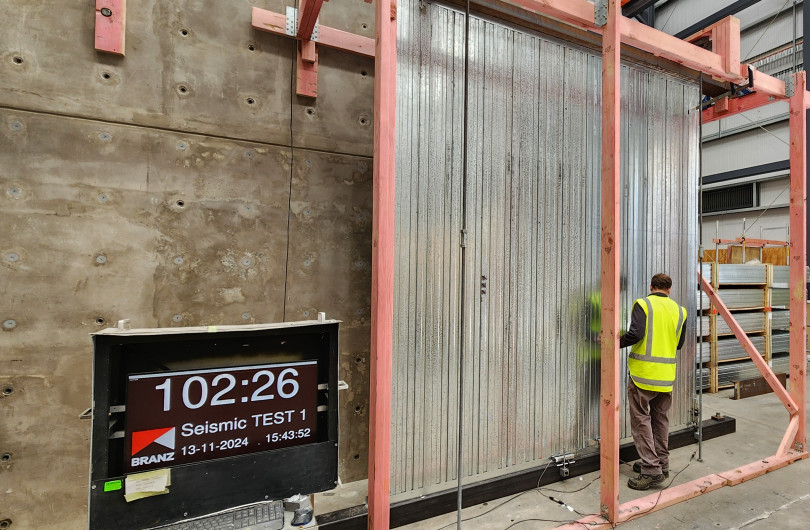
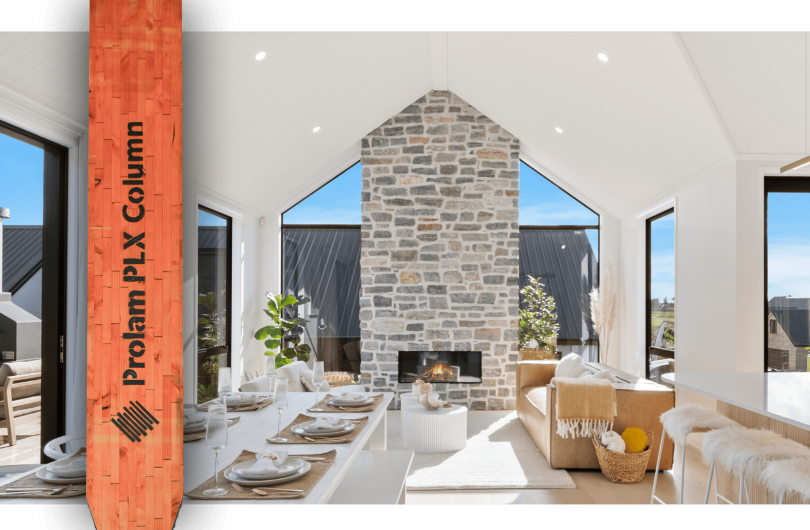

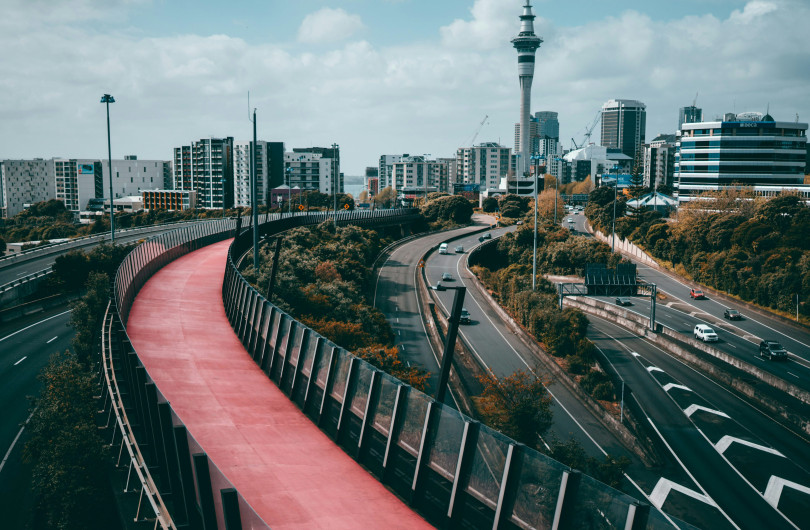
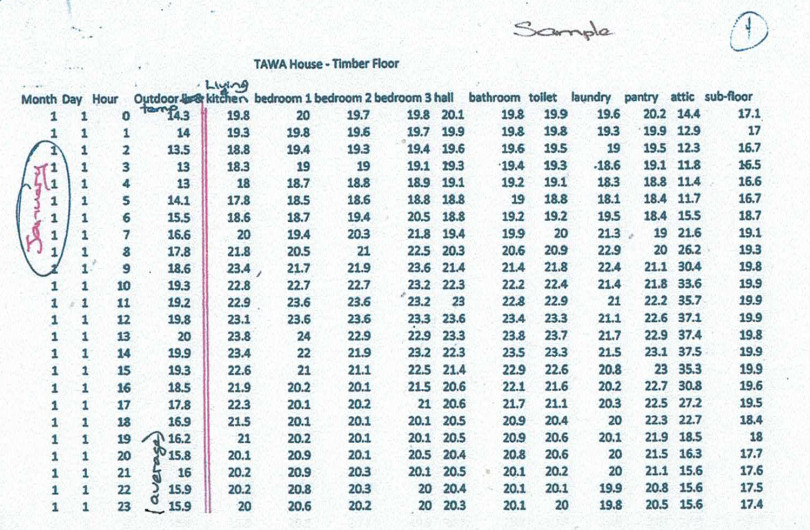

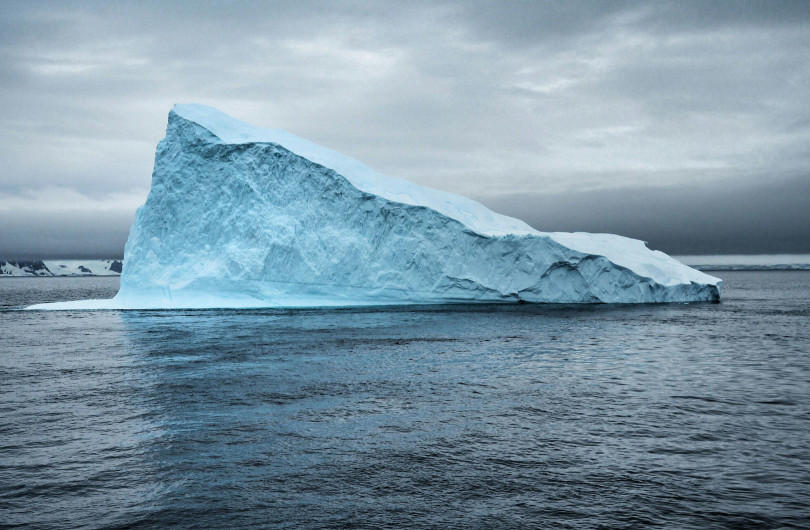


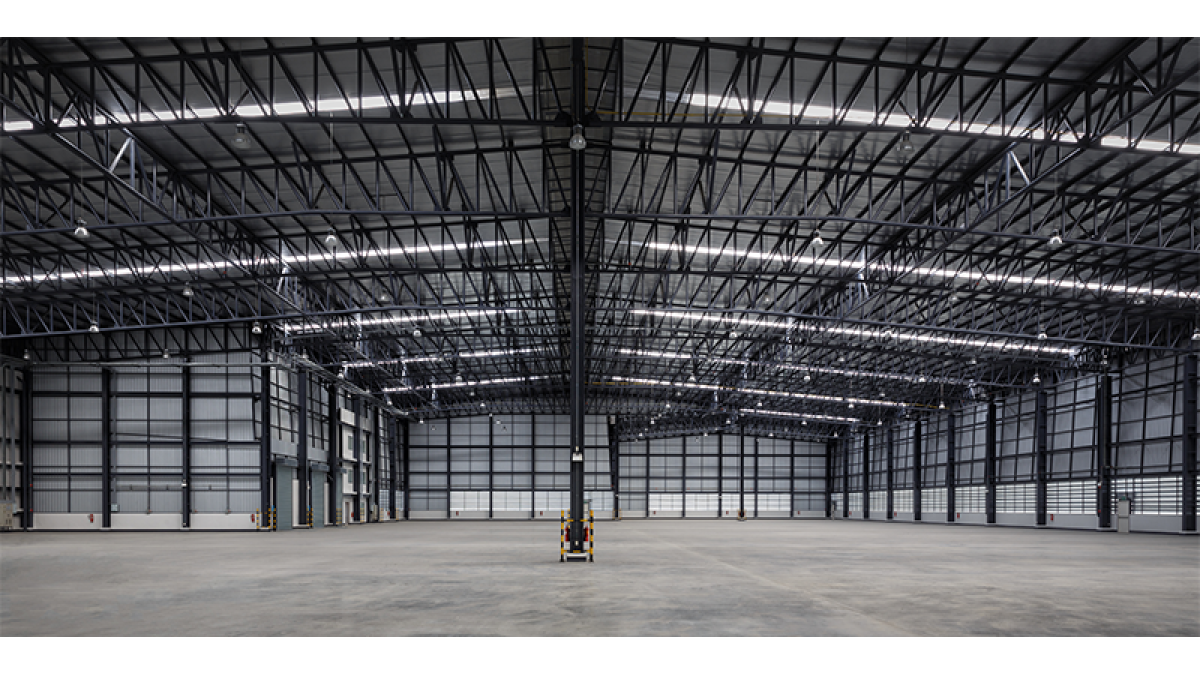
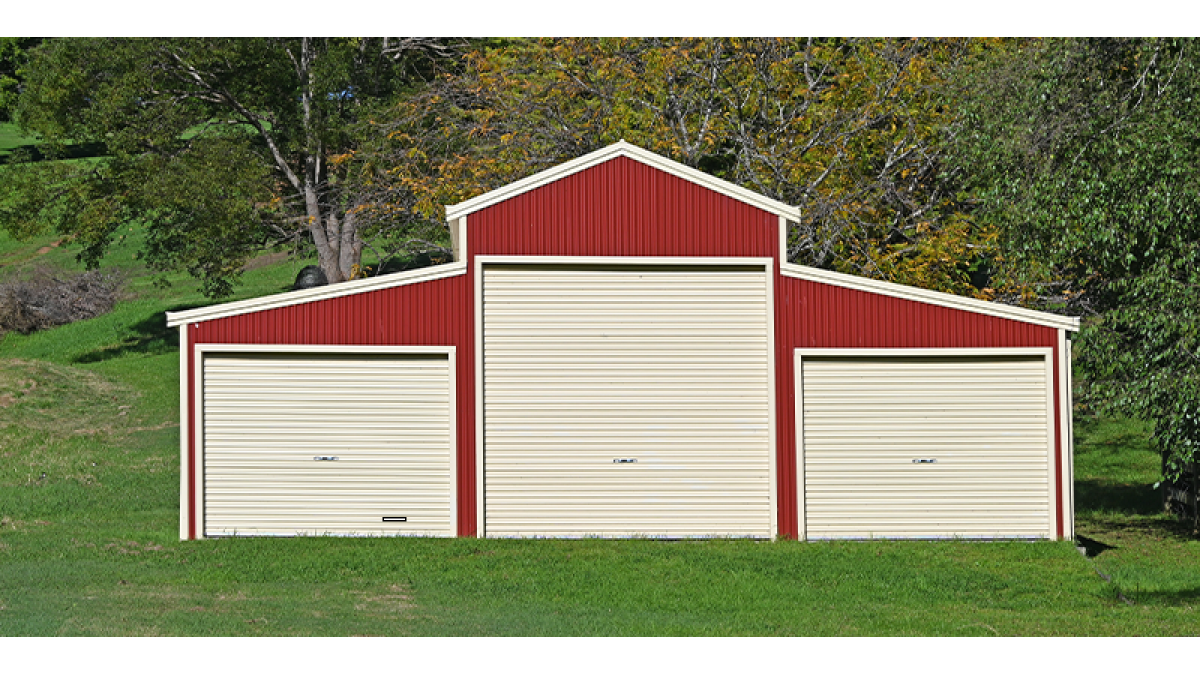
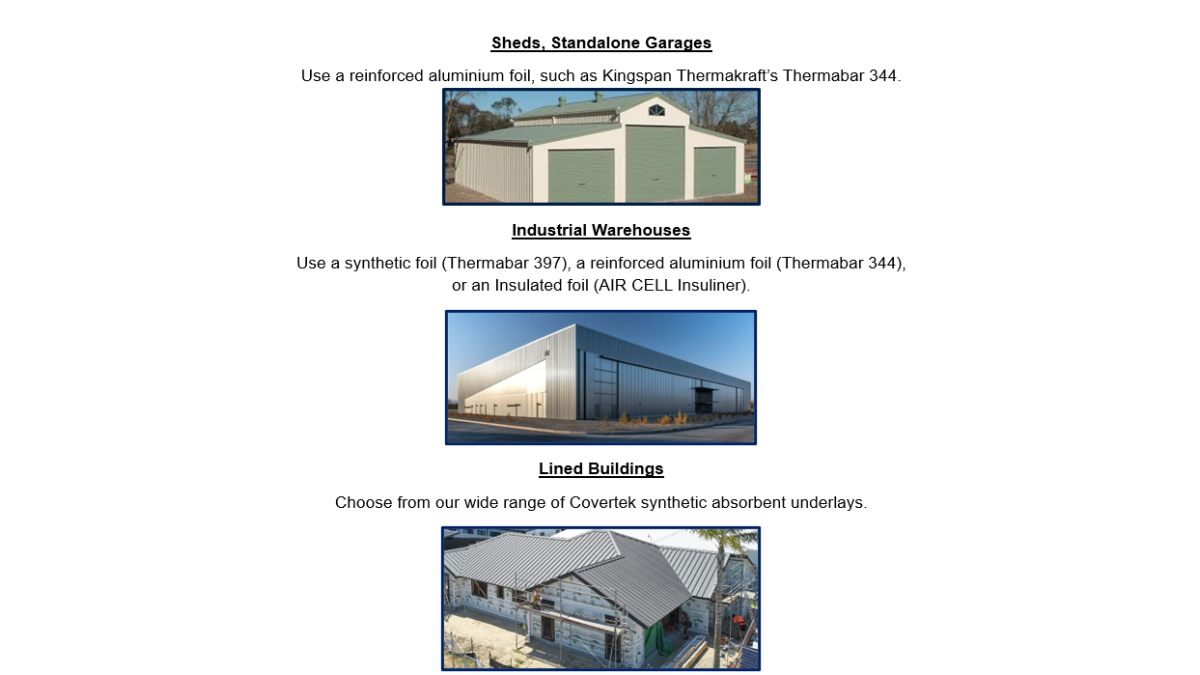


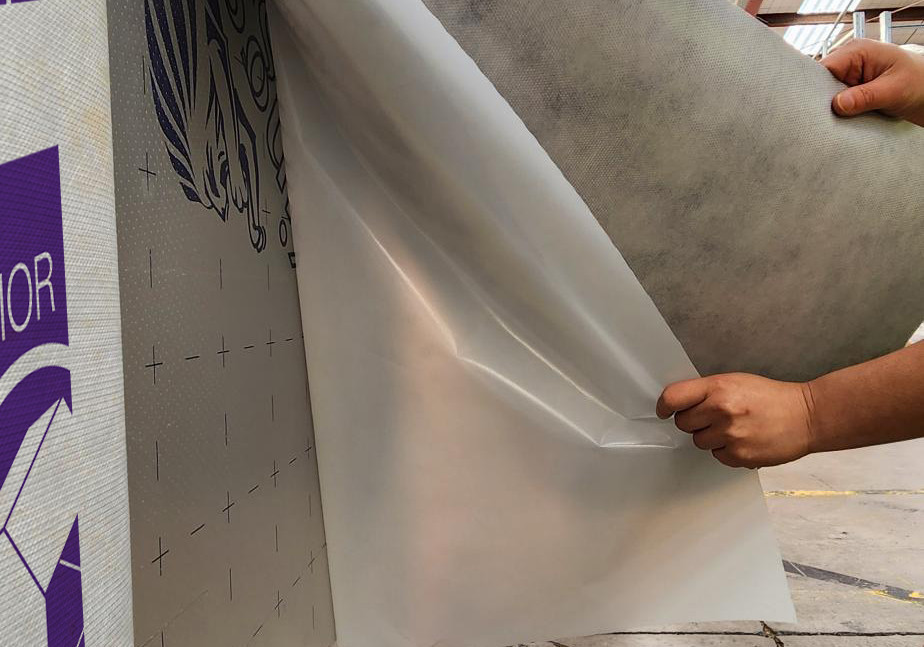
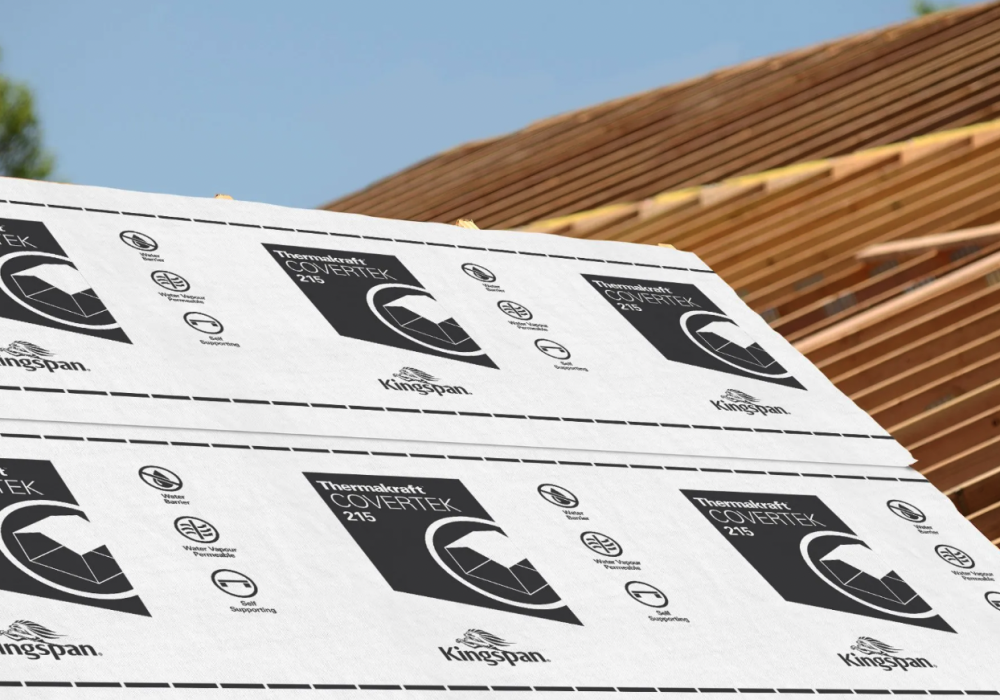
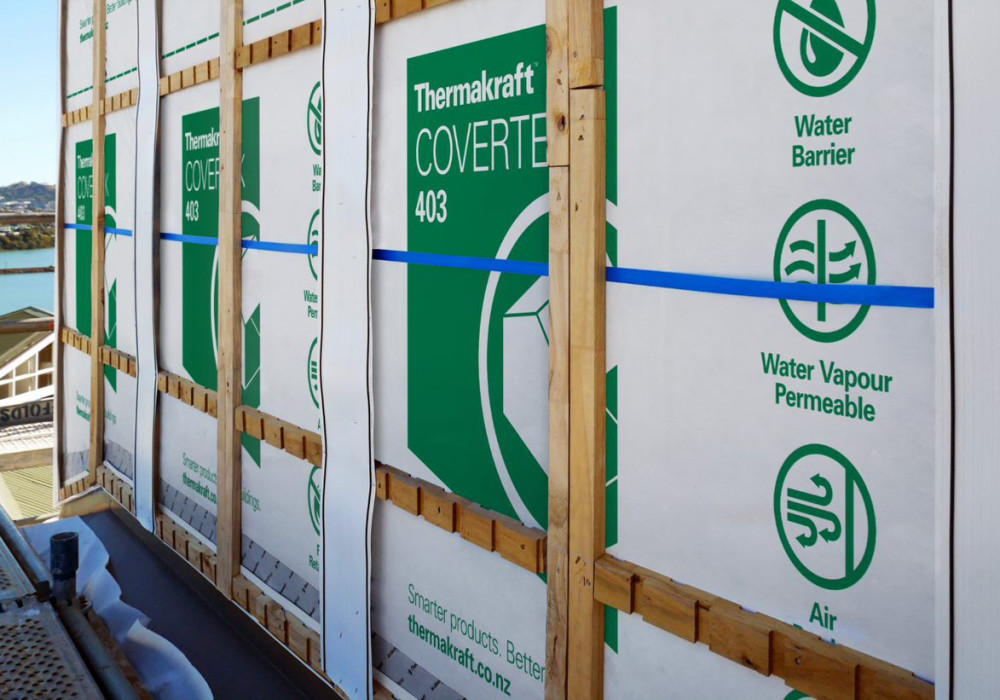

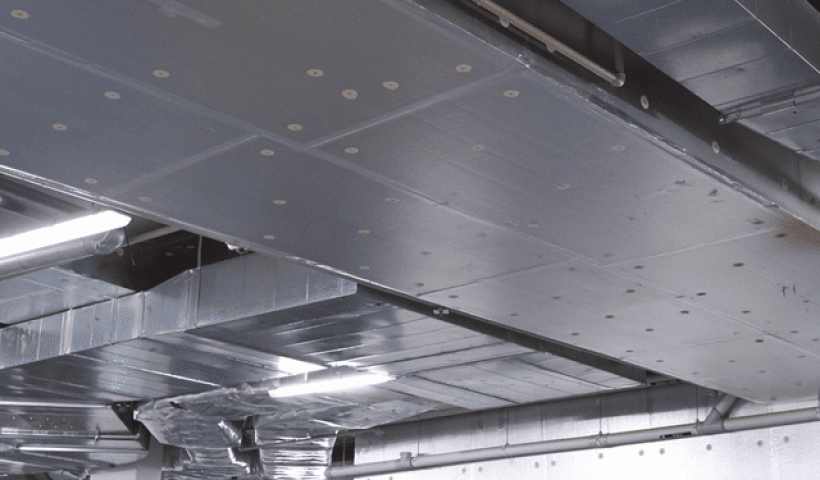
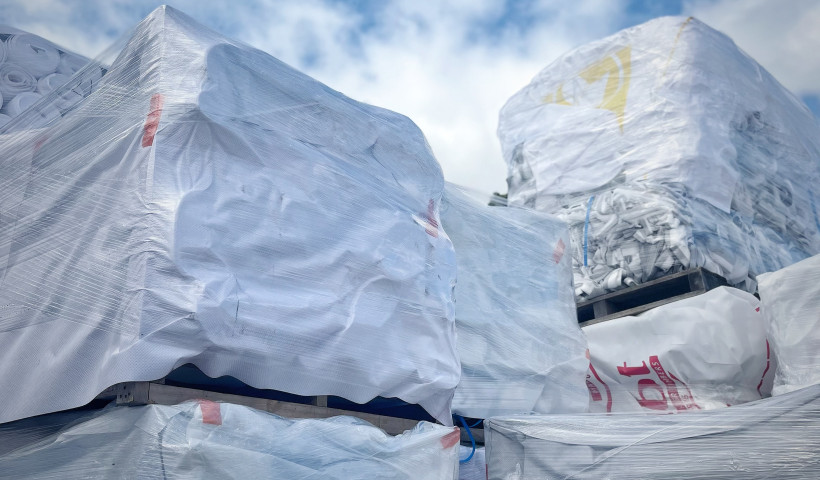
 Popular Products from Kingspan Thermakraft
Popular Products from Kingspan Thermakraft
 Most Popular
Most Popular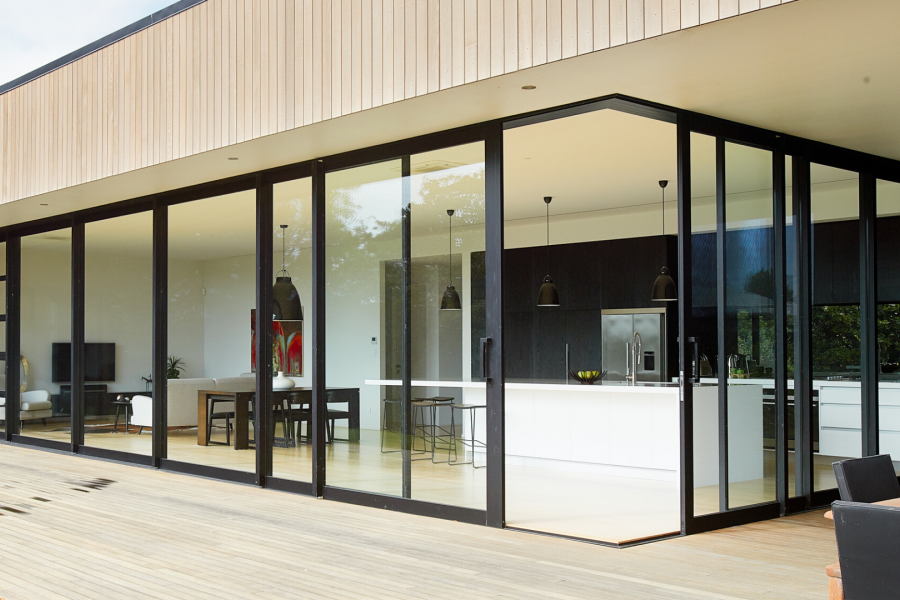
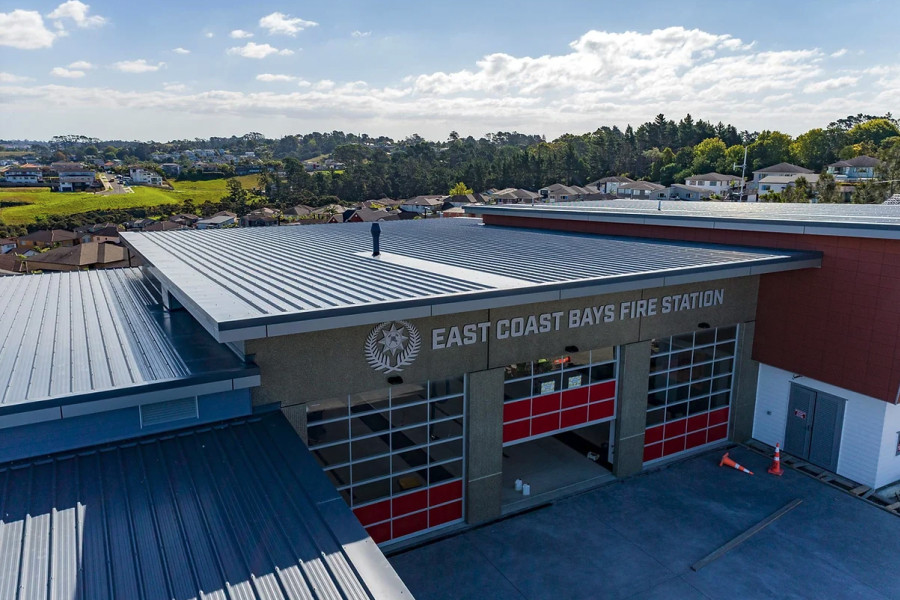
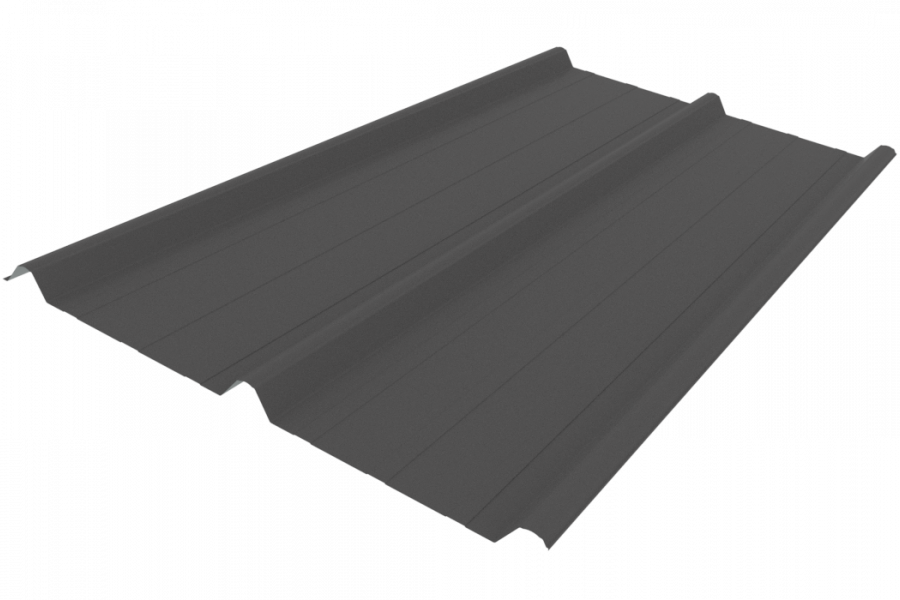
 Popular Blog Posts
Popular Blog Posts
